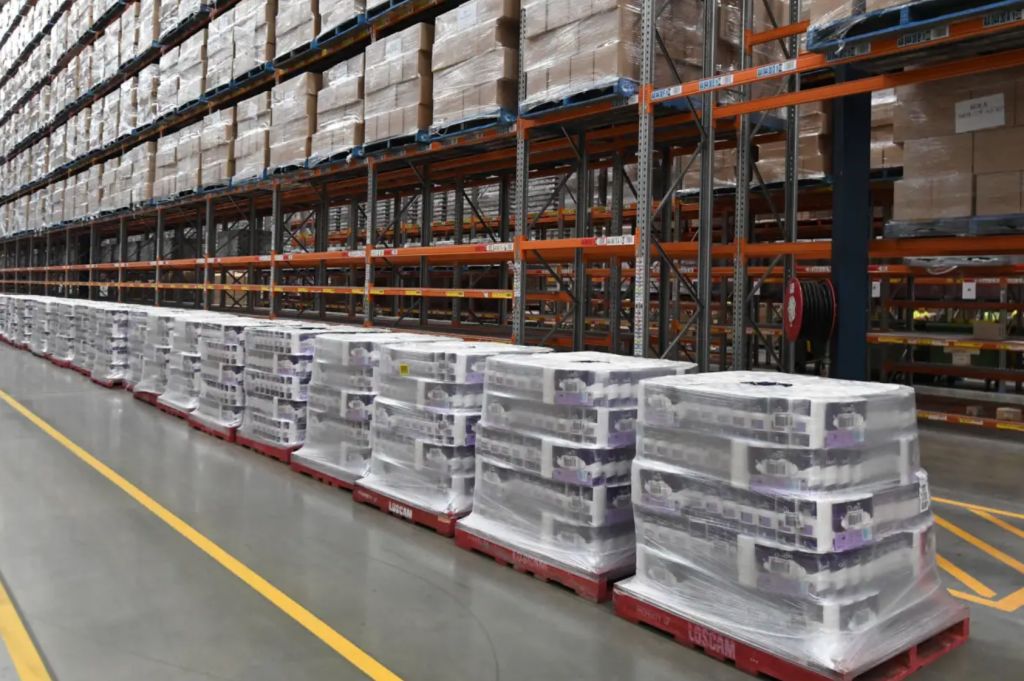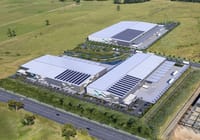
Industrial rental growth hits 33-year high as Christmas pain looms
Record low vacancy rates and rising demand for warehouse space in the lead up to Christmas is expected to pile more pressure on industrial rents, after they accelerated at their fastest annual rate in more than three decades in the second quarter of the year.
New figures from JLL show that prime industrial rents rose 6.22 per cent between April and June, to be up 14.9 per cent on annual basis.
The biggest quarterly pick-up – almost 10 per cent – occurred in Melbourne’s western industrial market followed by South Sydney and Sydney’s outer central west, where rents grew by 8 per cent.
With national industrial vacancy rates at 0.8 per cent – making Australia the world’s tightest logistics market – and demand for warehouse space rising as occupiers prepare for the Christmas rush, JLL’s Annabel McFarlane said rental growth was “unlikely to let up”.
“Landlords will continue to have the upper hand, given the competition for space and the rental pressure will continue,” said Ms McFarlane’s, who heads up industrial and logistics research at JLL
She told The Australian Financial Review third-party logistics firms and e-commerce groups typically sought overflow space to hold more stock in the lead up to Christmas, a requirement which was now even greater given the global supply chain challenges
“They want to bring in more goods onshore and into their warehouses earlier this year,” she said.
JLL’s head of industrial and logistics in Australia, Peter Blade, said while there was some warehouse availability in upcoming new supply, many developers were waiting until closer to practical completion dates before signing deals with tenants.
“They know that rents are escalating fast and are seeking to lock tenants into higher rental commitments,” Mr Blade said.
Despite the surge in rents, Mr Blade said there had been limited push back on rental increases from tenants that need space.
“We find that tenants are focused on supply chain efficiency more than warehousing costs which are just 5 per cent of business costs for most logistics operators,” he said.
Amid record low vacancy rates, occupiers continue to take-up whatever prime warehouse space close to urban centres is available to satisfy the demands of same-day delivery.
Figures from JLL show gross take up of industrial space for the second quarter reached 773,260 sq m, exceeding the national 10-year quarterly average of 670,250 sq m for a seventh consecutive quarter.
While Melbourne had a strong quarter as gross take up reached 285,100 sq m – 19 per cent higher than its 10-year average – the standout market was Brisbane with 249,900 sq m of gross take up, more than double the quarterly average.
By contrast, Sydney – where occupiers have very few options given the vacancy rate is just 0.3 per cent – take-up of warehouse space totalled 137,000 sq m, 40 per cent less than the long-term quarterly average.
While tenants are willing to wear increasing rental costs, Ms McFarlane said industrial land prices, which surged more than 20 per cent in South Sydney (hitting $2,750 per sq m for 1 ha lots) and 37 per cent in Melbourne’s Laverton North over the quarter had peaked.
“We have the view that we are now at the top of the market for industrial land values,” Ms McFarlane said.
This, she said, was because development feasibilities no longer stacked up at higher land prices given the rising cost of debt, increased construction costs and higher wages.
As a result, she said investors and developers were likely to become more selective.
“Increasing cost inputs will create further upward pressure on rents,” said Ms McFarlane.











